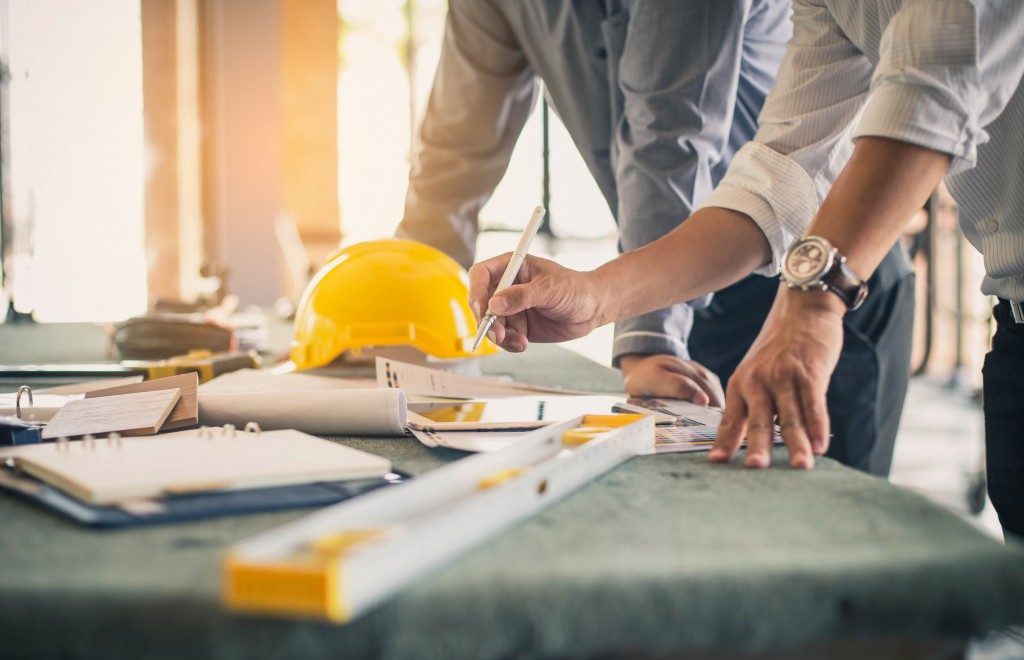You’ve heard of sustainability in the home and the office. During this pandemic, many people noticed just how clean the air was getting, and they’ve also started to look into the sustainability of things. It’s also beginning to be considered in the world of construction.
Eco-friendly strategies are actually on the top of the list of companies looking to move to an environmental pivot. Everything is covered, from expert tree surgeons taking care of plants to the consideration given to plant life already in the place. It’s a requirement for these companies to be on top of their game concerning eco-friendly techniques since it’s also gaining popularity with other construction companies.
These are strategies that these companies or even you can follow if you have a home renovation project. Take a look and see how environmental practices may have a chance in the near future.
Reusing Wastewater and Other Resources
A perfect example to observe regarding eco-friendly construction practices is the BlueCity facility in Rotterdam. The structure was originally envisioned as a tropical paradise, but it has since been used as a haven for 40 entrepreneurs.
Since its creation, it has become somewhat of a vision. Its builders are thinking of making it into a city where waste—whether solid or liquid—and other resources are exchanged between each user. With this, the builders hope that there’s knowledge exchange between the occupants to use these materials efficiently.
The building has since facilitated users that conduct workshops and establish biolabs. There are also restaurants here, as well as conference spaces.
Reusing for Other Construction Jobs
The building is made mostly of harvest materials from within the building and its immediate surroundings. If you don’t know what that means, think of old concrete walls that are repurposed into building blocks, as well as other materials that have been remade into tables and chairs.
The BlueCity project has also included two housing projects that will house 50 apartments. These are collective housing projects which feature input from other dwellers who will live there, eventually. These projects are located in The Netherlands, and they’ve also grown in demand since legislation to combat climate change had been passed.
Aside from reusing material, the builders have created a tool to help them sort out different materials during the design phase.
It’s a Healthy Choice as Well
Eco-friendly practices aren’t just friendly to the environment—they’re also good for people. These practices include the use of non-toxic paints and solvents as well as the use of natural building materials. It makes staying in rooms where these techniques have been used safer. These can also be used in the construction of homes and offices, as well as other recreational areas.
Eco-friendly practices foster the use of solvents that can cause different respiratory complications and other maladies. In these residential and commercial spaces, the use of these eco-friendly materials has a longer-lasting impact.
Demolition Practices Should Be Streamlined

Sometimes, it’s worth checking the landfills for items that can be reused in construction projects. There are items like concrete and steel that can still be used in eco-friendly construction projects. Waste concrete can be crushed and recycled into new aggregate, ready to be used in other projects.
That’s not all that can be used from a demolition job. There are other materials like flooring and ceiling materials as well as carpets that can be used again in different ways. Contractors will always try to find a way to use these materials since it also helps them save big on their projects.
Think Local, Use Local
While there are projects that prefer long-hauled components, most eco-friendly work involves using materials that are sourced nearby. Traveling a long distance costs a lot of energy, not to mention wastes a lot of time which should have been used in the project.
Green construction encourages the use of materials that can be readily delivered since it’s just within the vicinity. Aside from reducing the carbon footprint of construction work, it also saves time to finish the project. More time saved means more money that can be used for other projects.
Environmental practices are a big help to communities and countries struggling with their carbon footprints. If you tend to look at the financial side of things, these projects also help companies save more because of all the items they can use again on a budget. Consider going green for savings, as well as for saving the world. The consequence to be felt in the coming years can be lessened significantly.

